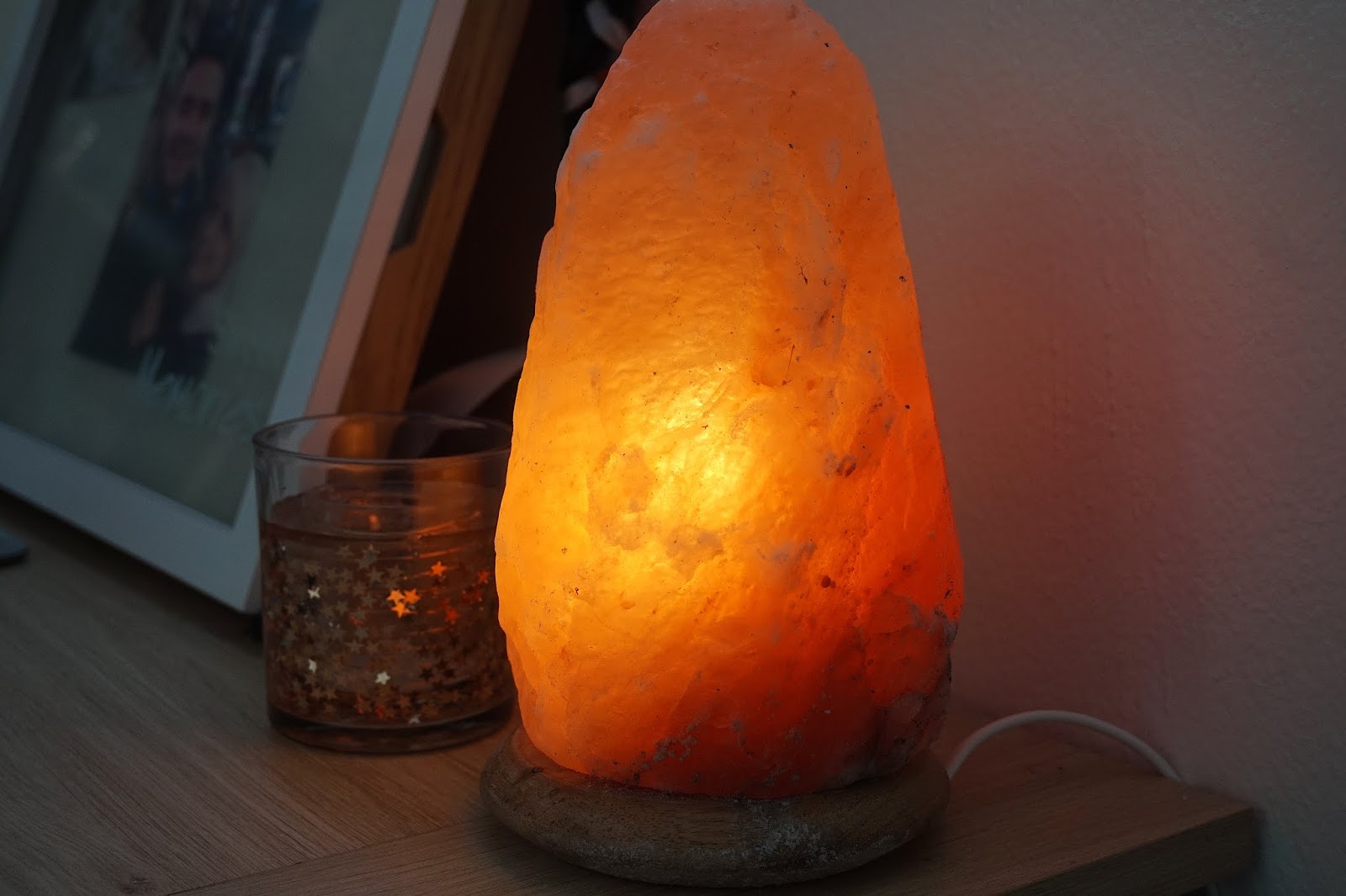

Furniture
What Does A Salt Lamp Do
Modified: April 22, 2024
Discover the benefits of having a salt lamp in your home. Enhance your furniture with this natural air purifier and improve your well-being.
(Many of the links in this article redirect to a specific reviewed product. Your purchase of these products through affiliate links helps to generate commission for Storables.com, at no extra cost. Learn more)
Introduction
When it comes to creating a cozy and comfortable ambiance in your home, furniture plays a crucial role. But have you ever considered incorporating a salt lamp into your decor? Salt lamps have gained popularity in recent years for their unique beauty and potential health benefits. In this article, we will explore what a salt lamp is, how it works, the benefits it offers, and how to choose and maintain one.
A salt lamp is essentially a large chunk of Himalayan salt, typically mounted on a wooden base and fitted with a light source inside. These lamps emit a warm, soothing glow that can instantly transform the atmosphere of any space. But more than just a decorative piece, salt lamps are believed to have several health benefits due to their composition.
According to scientific studies, salt lamps release negative ions when heated, which are thought to have a positive impact on our well-being. Negative ions are abundant in natural environments such as waterfalls, mountains, and forests, and are known to enhance mood, improve sleep quality, and promote overall relaxation.
The process behind how a salt lamp works is simple yet fascinating. When the lamp is turned on and the bulb inside heats up, it gently warms the salt crystals. This generates negative ions, which are then released into the surrounding air. These ions neutralize harmful positive ions present in our indoor environments, which are produced by electronic devices, pollutants, and even low-quality furniture materials. This neutralization can potentially improve air quality and create a more balanced and refreshing atmosphere.
Key Takeaways:
- Salt lamps emit negative ions, potentially improving air quality and promoting relaxation. While not a substitute for medical treatment, they can create a soothing ambiance and enhance well-being.
- When choosing a salt lamp, consider size, quality, and base material. Placing it in the right location, such as the bedroom or living room, can maximize its potential benefits for air quality and overall atmosphere.
Read more: What Size Salt Lamp Do I Need
How Does a Salt Lamp Work?
Understanding how a salt lamp works starts with its main component: the Himalayan salt crystal. Mined from the Khewra Salt Mine in Pakistan, this unique type of salt is known for its distinctive pinkish-orange color and high mineral content.
When a salt lamp is switched on, the heat from the light bulb or electric heating element begins to warm up the salt crystal. As the crystal gradually heats up, it attracts moisture from the air, causing the water molecules to evaporate. This process is known as hygroscopy.
As the salt lamp heats up and the water molecules evaporate, negative ions are released into the surrounding environment. Negative ions are electrically charged particles that are naturally present in the air, particularly in natural settings like forests, mountains, and waterfalls.
These negative ions play a crucial role in purifying the air and improving overall well-being. They work by neutralizing the positive ions in the air, which are generated by various sources such as electronic devices, pollutants, and even moisture. Positive ions are known to have detrimental effects on our health, contributing to fatigue, anxiety, and poor air quality.
When negative ions from the salt lamp interact with positive ions in the air, they effectively neutralize them, creating a more balanced and healthier environment. This process helps to reduce allergens, pollutants, dust, and other airborne particles, improving the overall air quality in the surrounding space. Breathing in cleaner air can have numerous benefits, including enhanced respiratory health, improved sleep quality, and increased energy levels.
It’s important to note that the size of the salt lamp will determine its effectiveness. Larger salt lamps have a greater surface area and can produce more negative ions, making them ideal for larger spaces. However, even smaller salt lamps can still have a positive impact on a smaller area. Additionally, the heat produced by the lamp can also help to create a soothing and relaxing ambiance.
In summary, a salt lamp works by using the heat from a light bulb or electric heating element to warm up a Himalayan salt crystal. This process releases negative ions into the air, which then help to neutralize the positive ions and improve air quality. Not only do salt lamps create a calming atmosphere, but they also offer potential health benefits for those who incorporate them into their living spaces.
The Benefits of Using a Salt Lamp
Besides their aesthetic appeal, salt lamps offer several potential benefits for your health and well-being. Let’s take a closer look at some of the notable advantages of incorporating a salt lamp into your living space:
- Air Purification: One of the main benefits of using a salt lamp is its ability to purify the air around you. As mentioned earlier, salt lamps release negative ions into the air, which can help neutralize harmful positive ions and reduce the presence of allergens, pollutants, and dust particles. This can result in cleaner and fresher indoor air, which can be particularly beneficial for individuals suffering from respiratory conditions like asthma or allergies.
- Mood Enhancement: The warm and soothing glow emitted by a salt lamp can have a positive impact on your mood and overall well-being. The soft, amber-hued light creates a calming atmosphere that can help reduce stress, promote relaxation, and improve your overall mental state. This can be especially beneficial during moments of self-care, meditation, or winding down before bedtime.
- Sleep Improvement: Poor sleep quality is a common issue that many people face, and it can have a significant impact on their overall health. Salt lamps may help improve sleep by creating a more serene environment. The negative ions released by the lamp can help to counteract the positive ions present in the air, which are known to disrupt sleep patterns. By promoting a more balanced and peaceful atmosphere, salt lamps have the potential to enhance the quality of your sleep.
- Allergy Relief: If you suffer from allergies or asthma, you know how irritating and debilitating they can be. Salt lamps can provide relief by reducing airborne allergens, such as dust mites and pollen, that can trigger allergy symptoms. The negative ions released by the lamp can help to neutralize these allergens, making the air cleaner and more tolerable for individuals with respiratory sensitivities.
- Stress Reduction: In today’s fast-paced world, stress is a common companion for many. Salt lamps, with their gentle glow and calming effect, can serve as natural stress relievers. The warm light emitted by the lamp can create a soothing atmosphere that promotes relaxation and helps to alleviate the daily stresses of life.
While the benefits of using a salt lamp are promising, it is important to note that scientific evidence supporting these claims is still limited. Nevertheless, many individuals have reported experiencing positive effects when incorporating salt lamps into their living spaces. As with any wellness product, it is essential to consider personal preferences, consult with a healthcare professional if necessary, and use salt lamps as part of a holistic approach to well-being.
Potential Drawbacks of Salt Lamps
While salt lamps offer several potential benefits, it’s important to also consider the potential drawbacks before incorporating them into your living space.
- Effectiveness: The effectiveness of salt lamps in purifying the air and improving health is still a topic of debate. While many people have reported experiencing positive effects, scientific studies supporting these claims are limited. It’s important to manage your expectations and understand that salt lamps may not provide the same results for everyone.
- Size and Coverage: The size of a salt lamp can impact its effectiveness. Larger salt lamps have a greater surface area, which allows them to release more negative ions. Smaller salt lamps may have a limited impact on air quality, especially in larger spaces. Consider the size of your room and choose a salt lamp accordingly to maximize its potential benefits.
- Maintenance and Cleaning: Salt lamps are hygroscopic, meaning they absorb moisture from the air. Over time, this can cause the lamp to sweat or accumulate moisture on its surface. It’s important to regularly clean and dry your salt lamp to prevent damage, such as excessive sweating or salt residue forming on the surface. Failure to properly maintain and clean your salt lamp may reduce its effectiveness and longevity.
- Light Source: Salt lamps typically use an incandescent bulb or a small light bulb inside to generate heat. While this creates a warm and ambient glow, it also means that salt lamps consume electricity. If you’re concerned about energy consumption, consider using low-wattage bulbs or choosing LED-based salt lamps as more energy-efficient alternatives.
- Safety Concerns: Salt lamps can become hot to the touch when in use. It’s essential to ensure that the lamp is placed on a stable and heat-resistant surface away from flammable materials. Additionally, keep the lamp out of reach of children or pets who may accidentally touch or knock it over. Always follow the manufacturer’s instructions for safe usage.
It’s also worth noting that salt lamps are not a replacement for professional medical advice or treatment. While they may provide potential benefits for some individuals, those with specific health concerns should consult with a healthcare professional before relying on salt lamps as a solution.
Ultimately, it’s important to weigh the potential drawbacks alongside the benefits when deciding whether to include a salt lamp in your home. If you’re interested in the aesthetic appeal and potential benefits of salt lamps, proper usage, maintenance, and realistic expectations are key to enjoying their potential advantages.
Where to Place a Salt Lamp
Choosing the right location for your salt lamp is essential for maximizing its benefits and enhancing the atmosphere of your living space. Here are some recommendations on where to place your salt lamp:
- Bedroom: Placing a salt lamp in your bedroom can create a calming and relaxing environment, making it an ideal choice for promoting better sleep. The soft, warm glow emitted by the lamp can help to create a soothing ambiance, helping you unwind and prepare for a restful night’s sleep.
- Living Room: The living room is typically the heart of the home, and it’s a great place to showcase your salt lamp. By placing it in the living room, you can enjoy the subtle and cozy glow that the lamp provides, creating a warm and inviting atmosphere for yourself and your guests.
- Workspace: If you have a home office or a designated workspace, consider incorporating a salt lamp onto your desk or nearby. The negative ions released by the lamp can potentially improve air quality and create a more energizing and focused environment, which can benefit concentration and productivity.
- Meditation or Yoga Space: Salt lamps can be a wonderful addition to your meditation or yoga space, enhancing the calming and serene atmosphere. Their warm glow can help set the mood for relaxation and mindfulness, providing a peaceful environment for your practice.
- Negative Ion Therapy: If you’re specifically using a salt lamp for its potential health benefits, consider placing it closer to where you spend the most time. For example, if you have a specific ailment or respiratory condition, you may want to position the lamp in your bedroom or the room where you spend the majority of your time.
It’s also important to consider the size of the room and the size of the salt lamp. Larger salt lamps are more suitable for larger spaces, as they can emit more negative ions and have a more significant impact on air quality. Conversely, smaller salt lamps may be more appropriate for smaller rooms or as decorative accents in your overall decor.
Remember that salt lamps are not solely functional; they are also beautiful decorative pieces. Experiment with different locations and placements to find the spot that best complements your decor and achieves your desired ambiance.
Lastly, ensure that your salt lamp is placed on a stable surface and away from direct contact with water or moisture. Excessive exposure to moisture can cause the lamp to sweat or release excessive salt residue, affecting both its performance and appearance.
By placing your salt lamp in the right location, you can enhance the visual appeal of your space while enjoying its potential benefits for air quality and overall well-being.
When using a salt lamp, it’s important to place it in a dry area to prevent it from melting. The heat from the bulb can cause the salt to sweat, so be sure to keep it in a well-ventilated space.
Read more: What Kind Of Bulb For A Salt Lamp
How to Choose the Right Salt Lamp
When shopping for a salt lamp, it’s important to consider a few factors to ensure you choose the right one for your needs. Here are some tips to help you choose the perfect salt lamp:
- Size: Salt lamps come in various sizes, ranging from small desktop lamps to larger statement pieces. Consider the size of the room where you plan to place the lamp and choose accordingly. Larger salt lamps are more suitable for spacious areas, while smaller lamps work well in smaller rooms or as decorative accents.
- Color: Himalayan salt lamps are known for their pinkish-orange hue, but there may be variations in color and texture due to the natural properties of the salt. Choose a color that resonates with your personal preference and complements your existing decor.
- Quality: Opt for salt lamps that are made from authentic Himalayan salt. Look for reputable sellers or brands that source their salt from the Khewra Salt Mine in Pakistan. Authentic salt lamps are more likely to offer the expected benefits and are made from high-quality materials.
- Base Material: The base of the lamp should be sturdy and made from a material that complements your aesthetic preferences. Common base materials include wood, metal, or marble. Ensure that the base is capable of supporting the weight of the salt lamp securely.
- Lighting Options: Salt lamps can be available as both electric and candle-powered options. Electric salt lamps typically come with a light bulb or heating element that generates heat to warm the salt crystal. Candle-powered salt lamps use a tealight or small candle to create a soft glow. Consider your preference and safety concerns when choosing the lighting option that suits your needs.
- Price: Salt lamps can vary in price due to factors such as size, quality, and brand. Set a budget based on your preferences and prioritize quality to ensure you’re getting an authentic and reliable salt lamp that will last long-term.
- Product Reviews: Before making a purchase, take the time to read product reviews from other customers. This can provide valuable insights into the quality, effectiveness, and customer satisfaction of the salt lamp you are considering.
Remember that each salt lamp is unique, as they are made from natural salt crystals. Variations in color, shape, and texture are normal and add to the charm and authenticity of the lamp.
Additionally, be cautious of purchasing extremely cheap salt lamps, as they may be counterfeit or made from low-quality materials. Authentic Himalayan salt lamps can be an investment, but their potential benefits and durability make them worthwhile.
By considering these factors and doing some research, you can choose a salt lamp that not only enhances the ambiance of your space but also provides potential health benefits and peace of mind.
How to Maintain and Clean a Salt Lamp
Maintaining and cleaning your salt lamp is important to ensure its longevity and optimal performance. Here are some simple steps to help you maintain and clean your salt lamp:
- Unplug and Cool Down: Before cleaning your salt lamp, make sure it is unplugged and has had time to cool down completely. This will prevent any electrical shock or damage.
- Dry Cloth or Brush: To remove any dust or particles, gently wipe the surface of the salt lamp with a dry, soft cloth or use a soft brush. Avoid using water or liquid cleaning agents, as salt is sensitive to moisture.
- Moisture Prevention: Salt lamps are hygroscopic, meaning they attract moisture from the air. To prevent excessive sweating or moisture buildup, place your salt lamp in a dry area away from sources of humidity, such as bathrooms or damp basements.
- Avoid Direct Contact with Water: Salt lamps should not be exposed to water or submerged in liquid. If your lamp collects moisture or becomes slightly damp, gently dry it with a cloth and ensure it is completely dry before use.
- Using a Salt Lamp Dish or Tray: To further protect your salt lamp from moisture, consider placing it on a decorative dish or tray. This can help catch any excess moisture and prevent it from damaging the underlying surface.
- Regular Usage: Salt lamps are most effective when they are regularly used. The heat from the bulb or heating element inside the lamp helps to release negative ions and create the desired ambiance. Aim to use your salt lamp for several hours each day to maintain its effectiveness.
- Replacement Bulbs: If your salt lamp uses a light bulb, it’s important to replace it when it burns out or becomes dim. Follow the manufacturer’s instructions for the appropriate bulb wattage and type to ensure safe and optimal performance.
- Avoid Impact or Dropping: Salt lamps are delicate and can break if dropped or subjected to impact. Handle your salt lamp with care and place it in a secure location where it is less likely to be knocked over.
Remember that salt lamps are natural products, and over time, they may show signs of wear or small changes in shape. These natural variations are part of the charm of a salt lamp and do not affect its benefits or performance.
By following these simple maintenance and cleaning practices, you can prolong the lifespan of your salt lamp and continue to enjoy its soothing glow and potential health benefits for years to come.
Common Myths and Misconceptions About Salt Lamps
Salt lamps have gained popularity in recent years, but along with their rise in popularity, several myths and misconceptions have emerged. Let’s debunk some of the common myths surrounding salt lamps:
- Myth: Salt lamps generate a significant amount of negative ions: While salt lamps do release negative ions, the amount they emit is relatively low compared to natural environments like waterfalls or forests. The effectiveness of salt lamps in improving air quality and overall well-being is still a topic of debate, with limited scientific evidence supporting these claims.
- Myth: Salt lamps can replace an air purifier: While salt lamps may have some air-cleansing properties, they are not a substitute for a dedicated and properly functioning air purifier. Air purifiers are specifically designed to filter and remove contaminants from the air, whereas salt lamps primarily provide a subtle glow and ambiance.
- Myth: Salt lamps can cure or treat medical conditions: Salt lamps are not medical devices and should not be seen as a cure-all for medical conditions. While they may offer potential benefits such as mood enhancement and stress reduction, it’s essential to approach salt lamps as a complementary component to a well-rounded approach to health and wellness.
- Myth: Salt lamps require special cleaning methods: Cleaning a salt lamp is simple and straightforward. Contrary to popular belief, submerging salt lamps in water or using liquid cleaning agents is not necessary and can damage the salt crystal. Gently wiping the surface with a dry cloth or using a soft brush to remove dust particles is sufficient for regular maintenance.
- Myth: Salt lamps produce enough light to act as a primary light source: Salt lamps emit a soft, warm glow that adds to the ambiance of a room, but they are not intended to replace conventional lighting. They are more suitable as decorative accents or for creating a soothing atmosphere in dimly lit spaces or during relaxation activities.
- Myth: All salt lamps are authentic Himalayan salt: Not all salt lamps on the market are made from authentic Himalayan salt. To ensure you are purchasing a genuine salt lamp, look for reputable sellers or brands that source their salt from the Khewra Salt Mine in Pakistan. Authentic salt lamps have a unique pinkish-orange color and come from specific geographical locations.
It’s important to approach salt lamps with realistic expectations and understand that their benefits and effectiveness may vary from person to person. While many individuals have reported positive experiences with salt lamps, scientific evidence supporting their claims is still limited.
When incorporating salt lamps into your living space, view them as decorative elements that can enhance the ambiance, rather than relying solely on them for health-related improvements. Always consult with healthcare professionals for any specific concerns or medical conditions.
By dispelling these common myths and misconceptions, you can make informed decisions about using salt lamps and appreciate them for what they truly are – aesthetically pleasing additions to your home décor.
Conclusion
Salt lamps have become popular for their unique beauty and potential health benefits. While the scientific evidence supporting the claims about salt lamps is limited, many individuals have reported positive experiences with these decorative pieces. They emit a soft, soothing glow and are believed to release negative ions into the surrounding air, which may improve air quality and promote relaxation.
When choosing a salt lamp, consider factors such as size, quality, and base material. Authentic Himalayan salt lamps sourced from reputable sellers are more likely to provide the expected benefits. Placing your salt lamp in the right location, such as the bedroom, living room, or workspace, can create a serene atmosphere and potentially enhance sleep quality and overall well-being.
It’s important to maintain and clean your salt lamp regularly to ensure its longevity and optimal performance. Simple practices like wiping with a dry cloth or using a soft brush can keep your salt lamp looking beautiful. However, avoid using water or liquid cleaning agents, as salt is sensitive to moisture.
While enjoying the benefits of a salt lamp, it’s crucial to be aware of common myths and misconceptions. Salt lamps are not a substitute for medical treatment, and their ability to generate negative ions is relatively low compared to natural environments. They should be viewed as decorative pieces that provide a warm glow rather than a primary light source.
In conclusion, incorporating a salt lamp into your living space can add a touch of beauty and potential relaxation benefits. However, it’s important to approach salt lamps with realistic expectations and consider them as complementary elements to a holistic approach to health and wellness. Embrace the soothing ambiance they create and enjoy their potential benefits while understanding that further scientific research is needed to fully understand their impact.
Frequently Asked Questions about What Does A Salt Lamp Do
Was this page helpful?
At Storables.com, we guarantee accurate and reliable information. Our content, validated by Expert Board Contributors, is crafted following stringent Editorial Policies. We're committed to providing you with well-researched, expert-backed insights for all your informational needs.
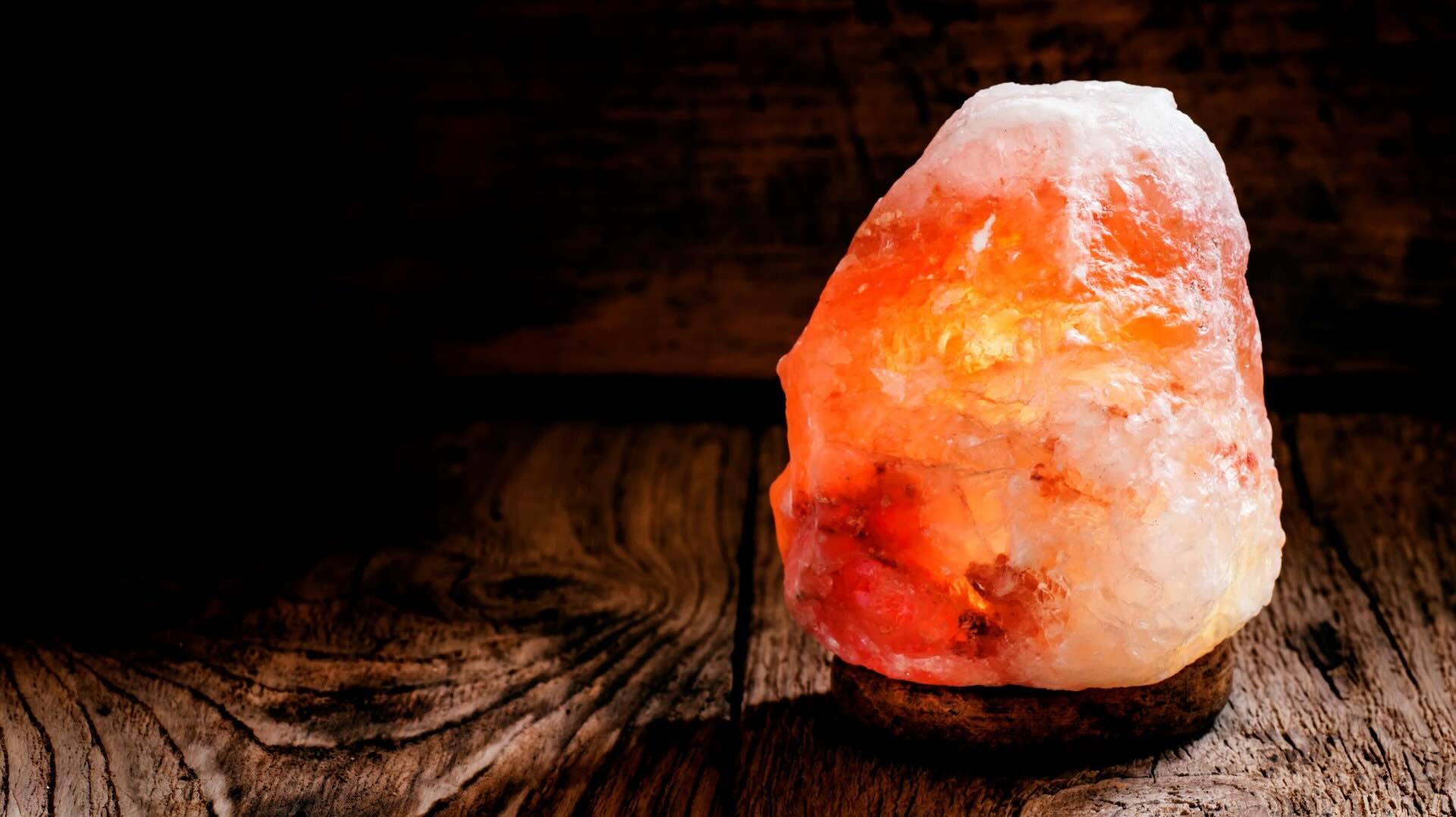
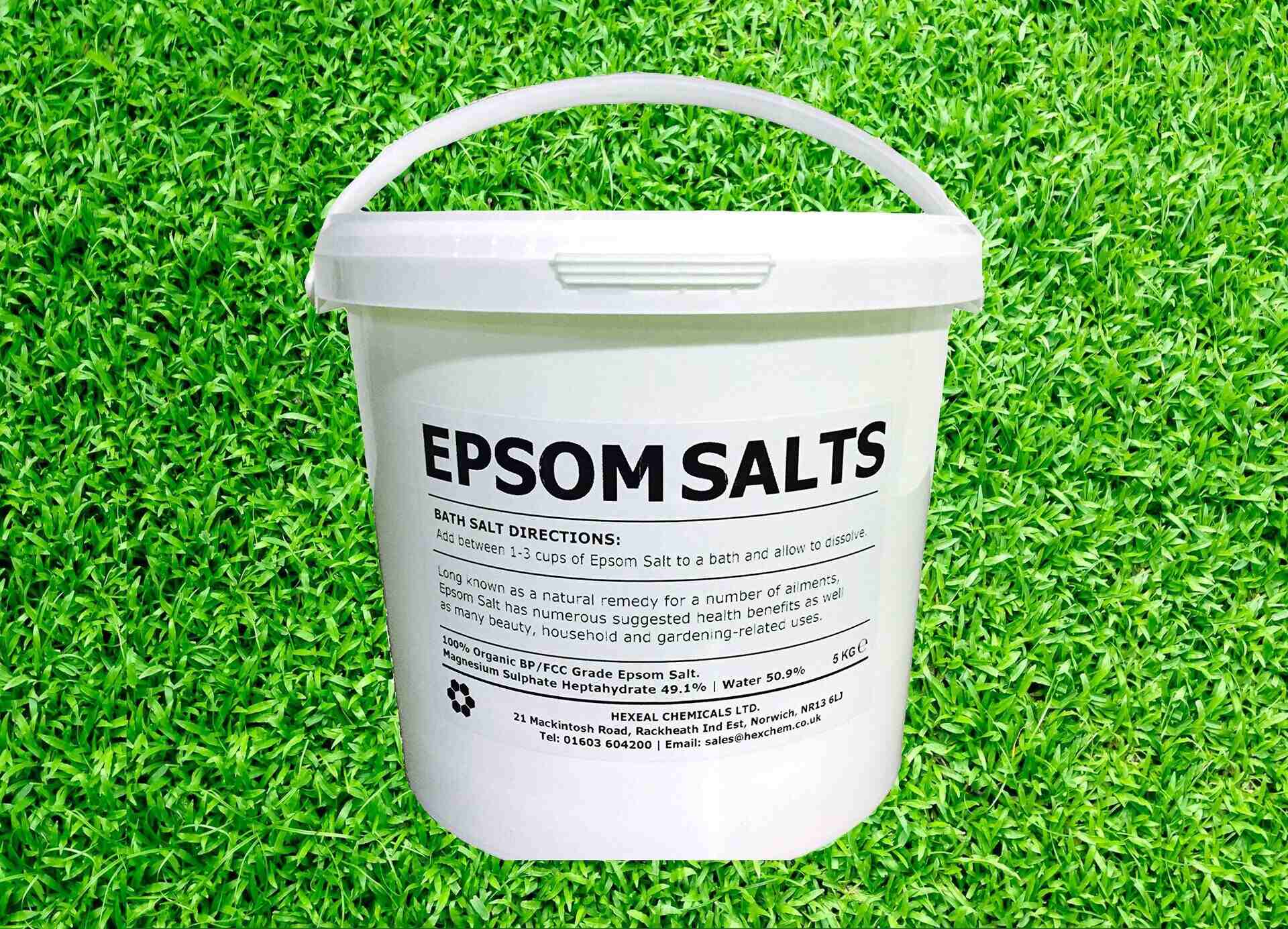
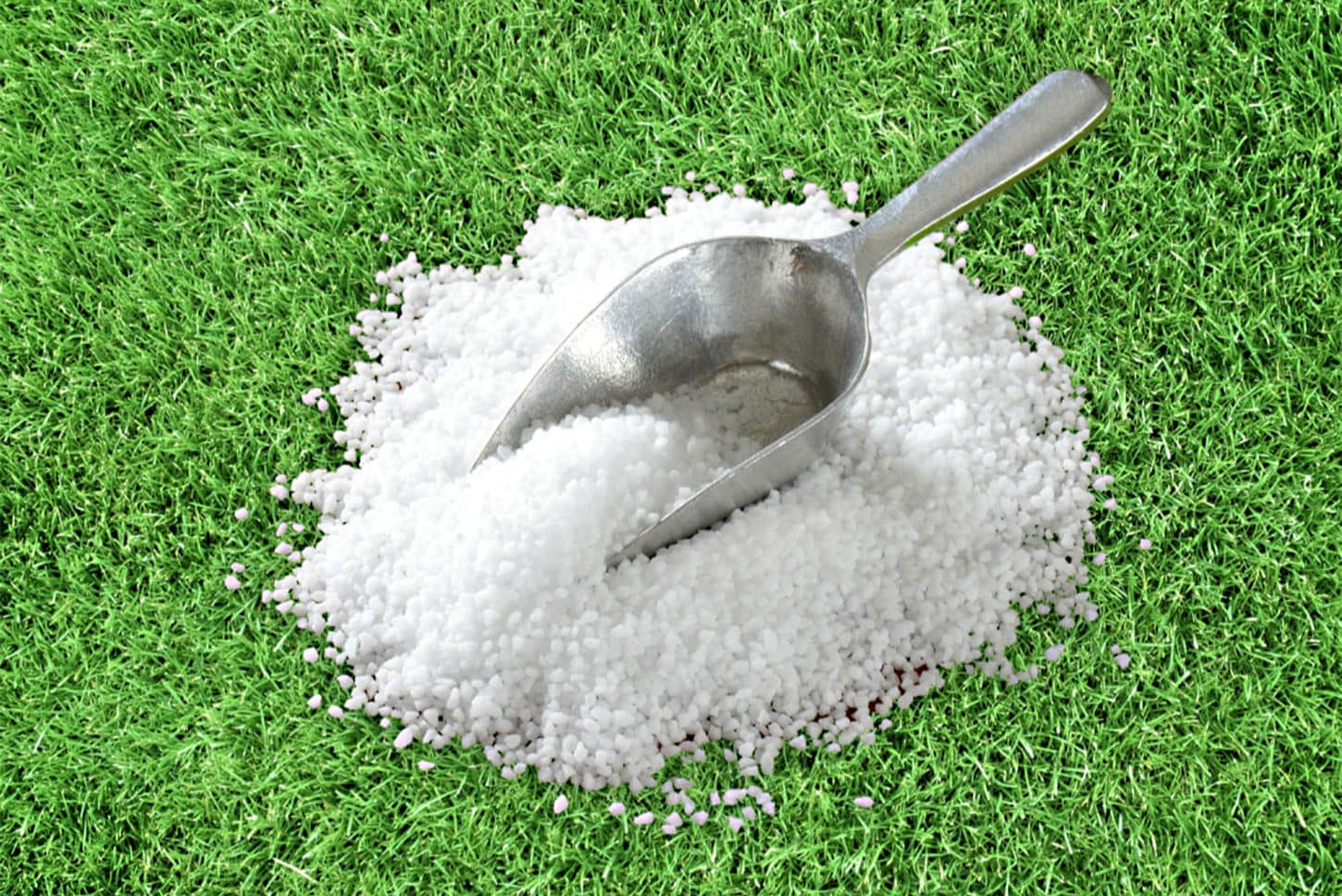
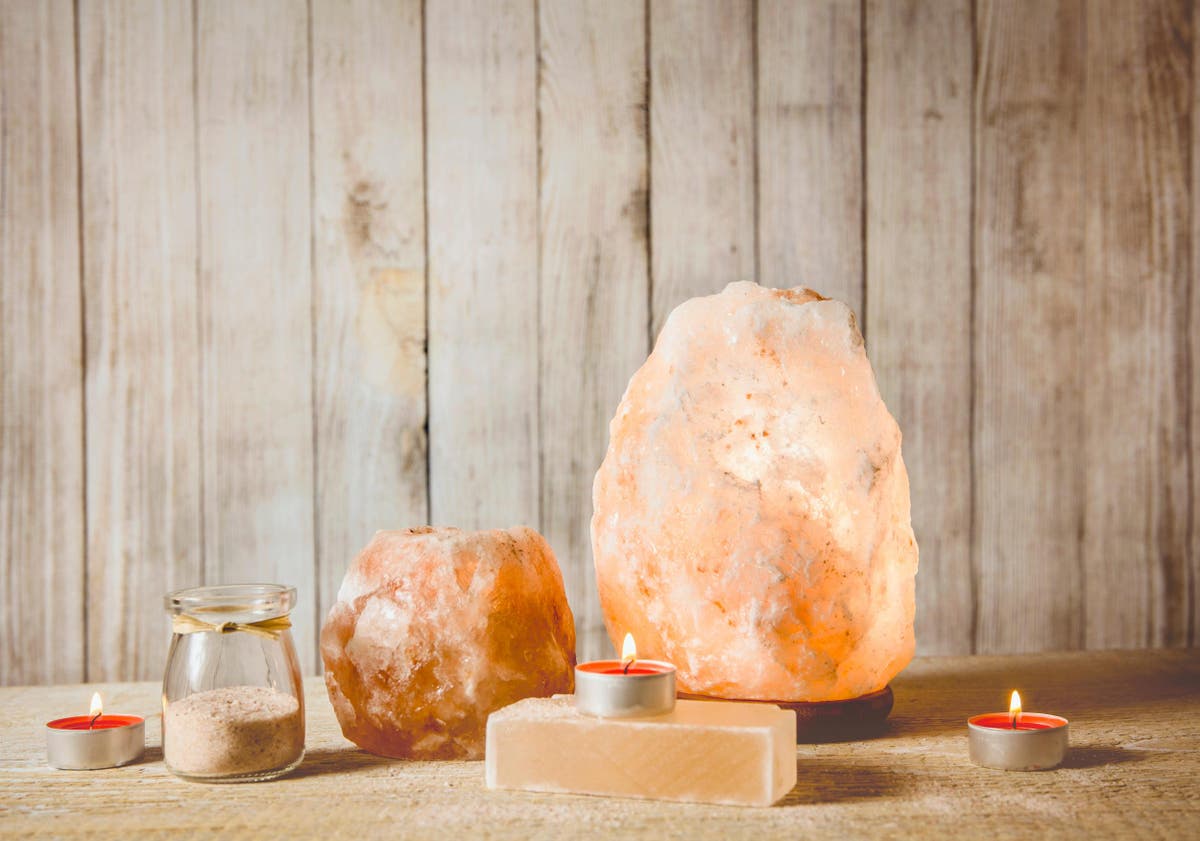
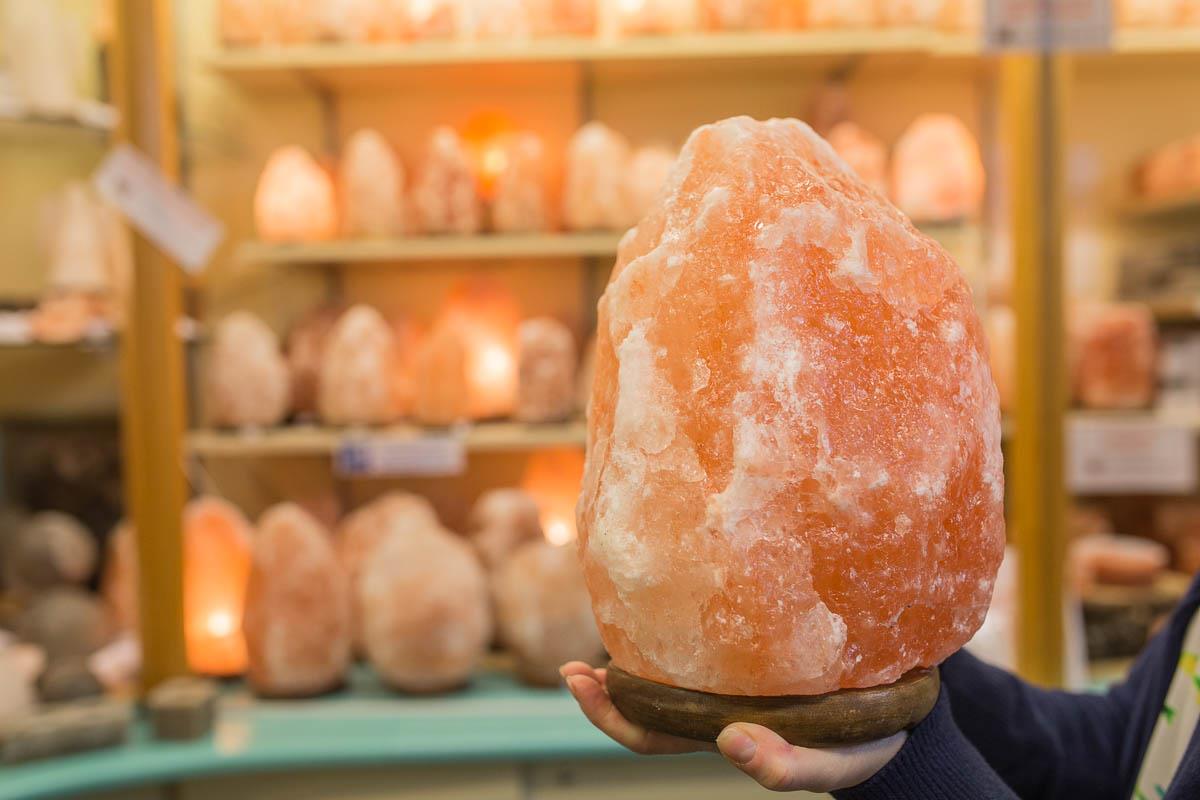
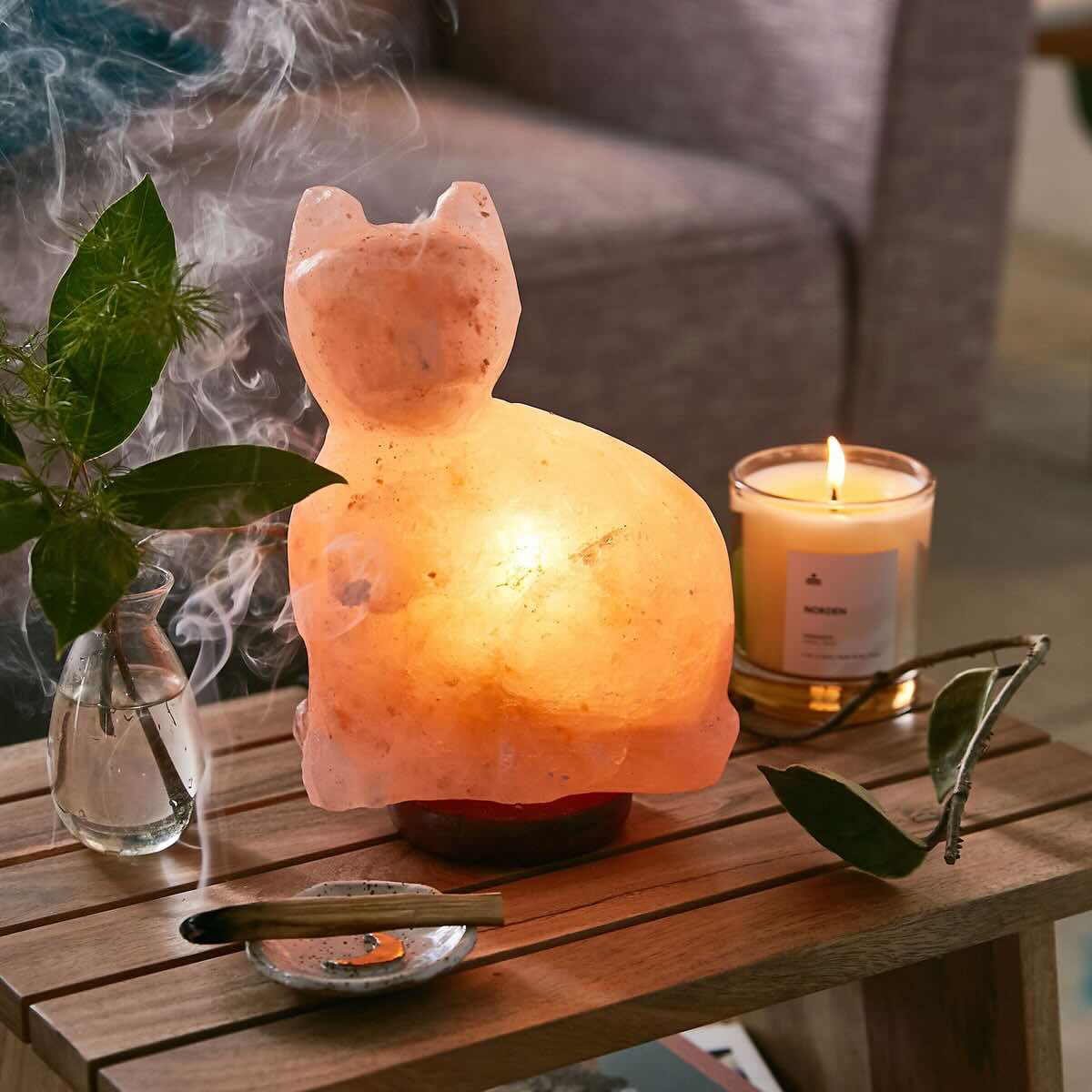
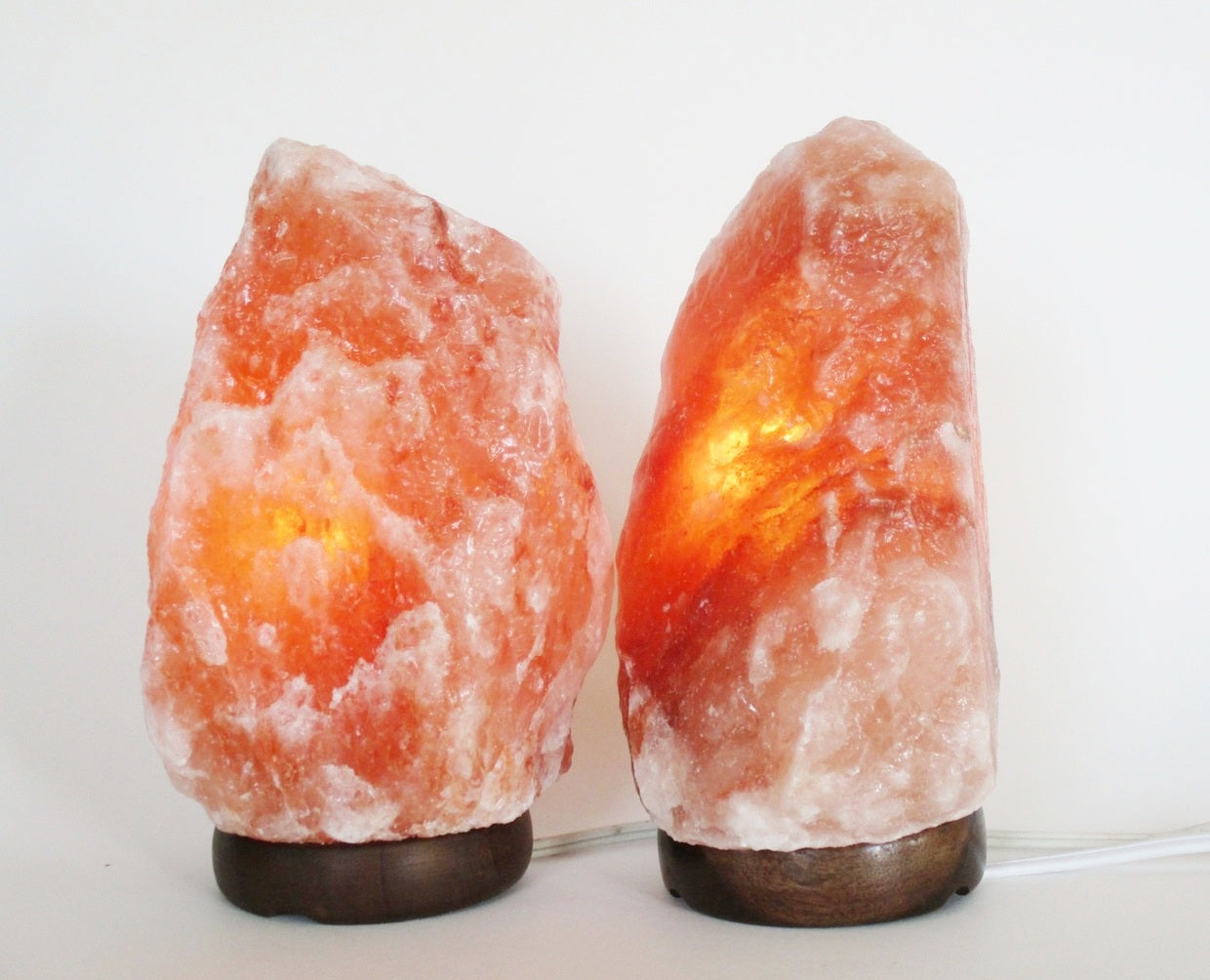

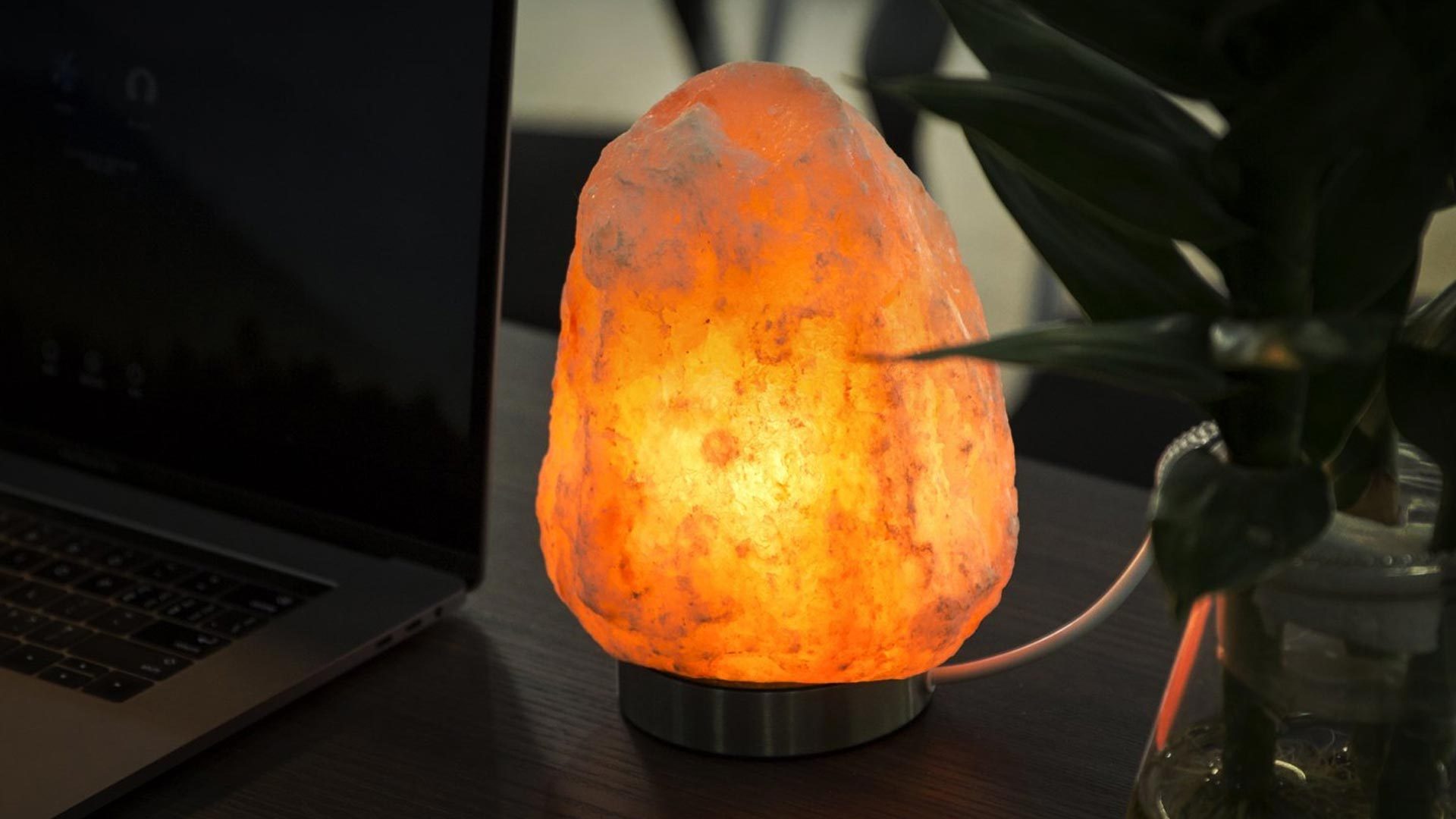
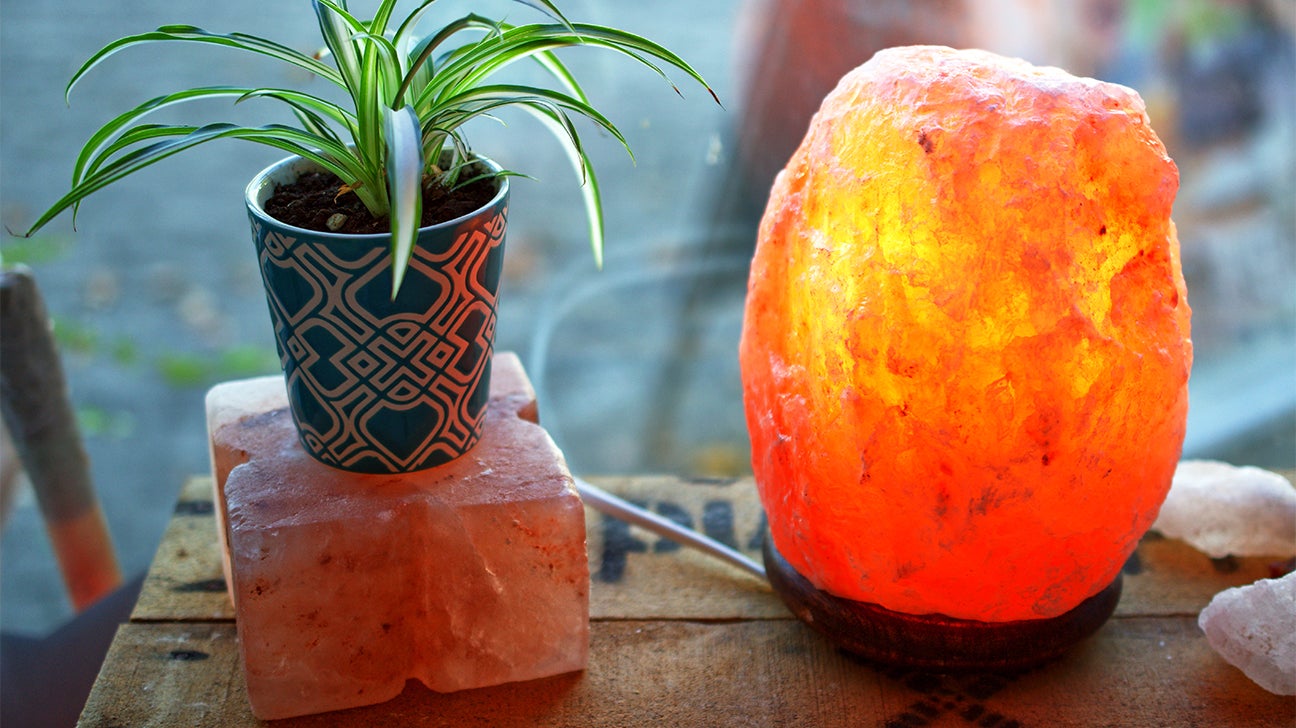
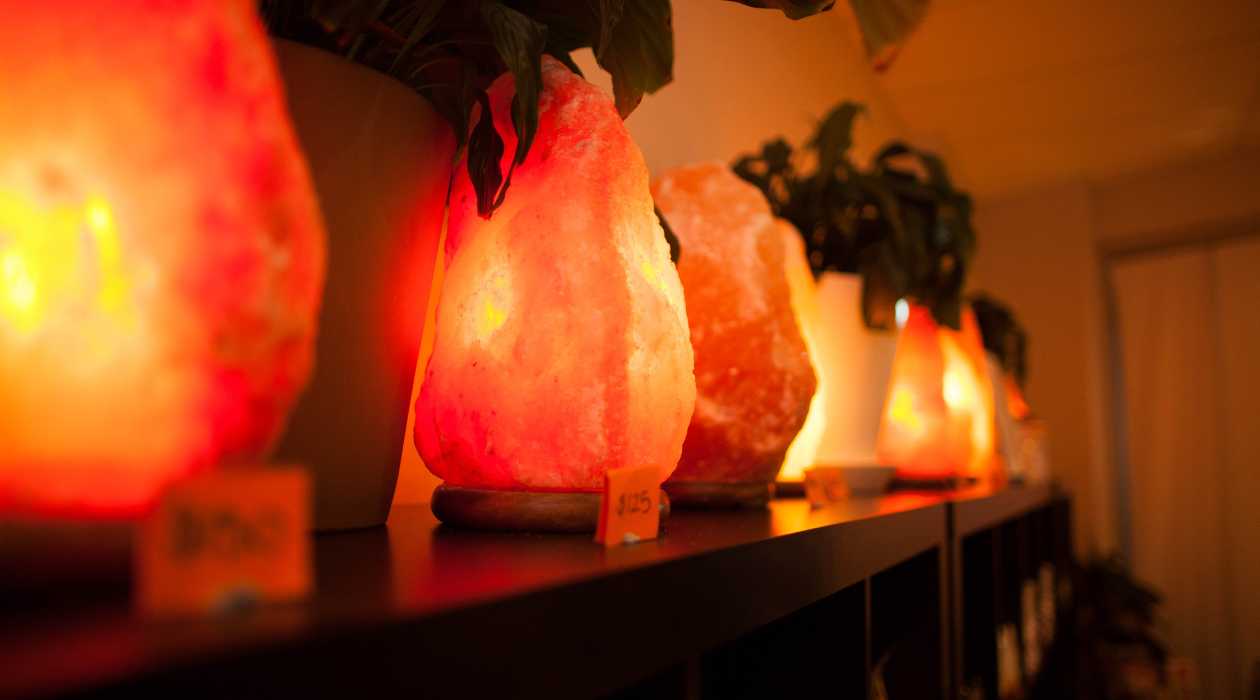
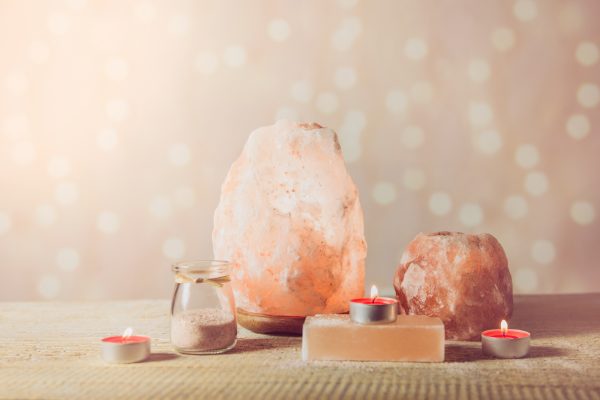
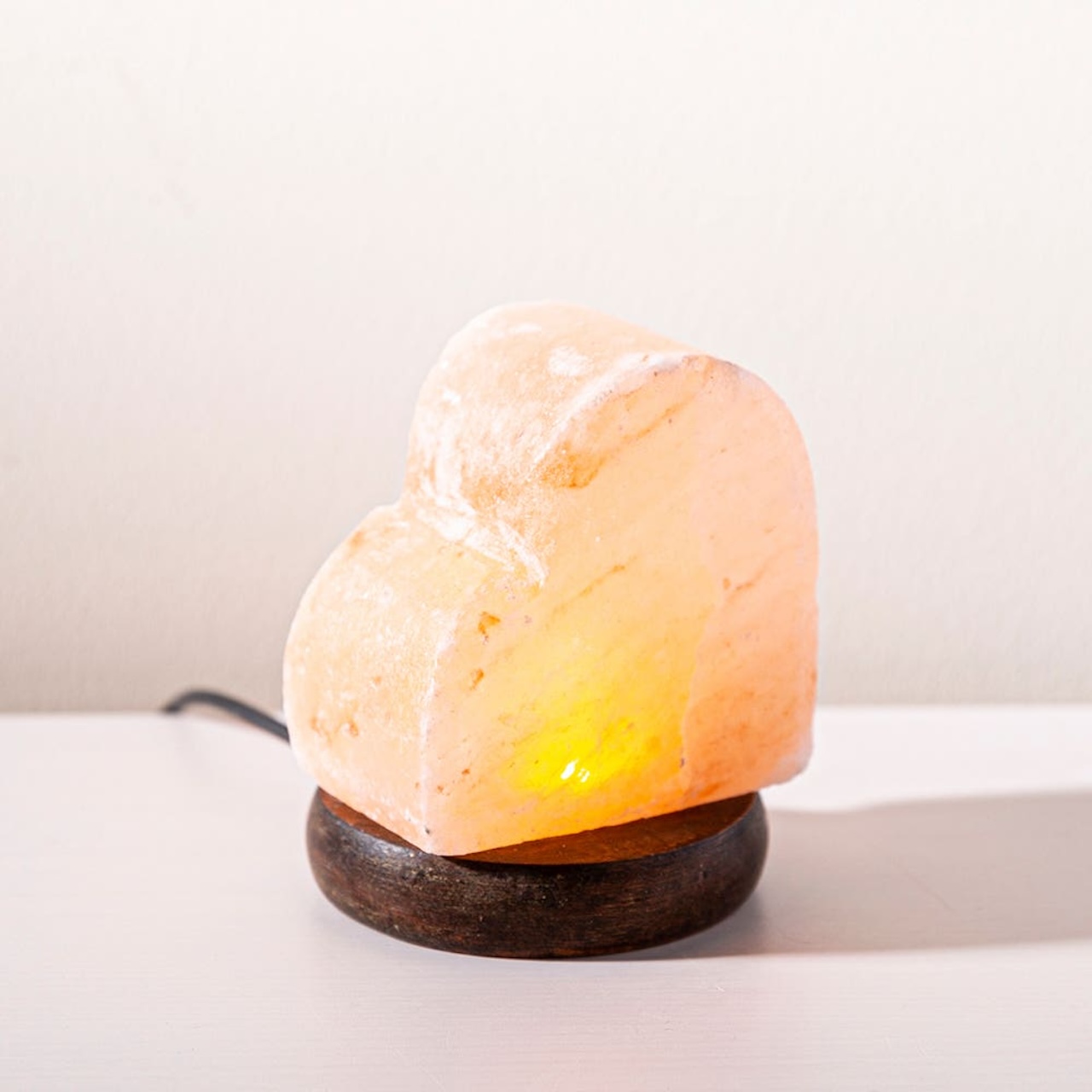
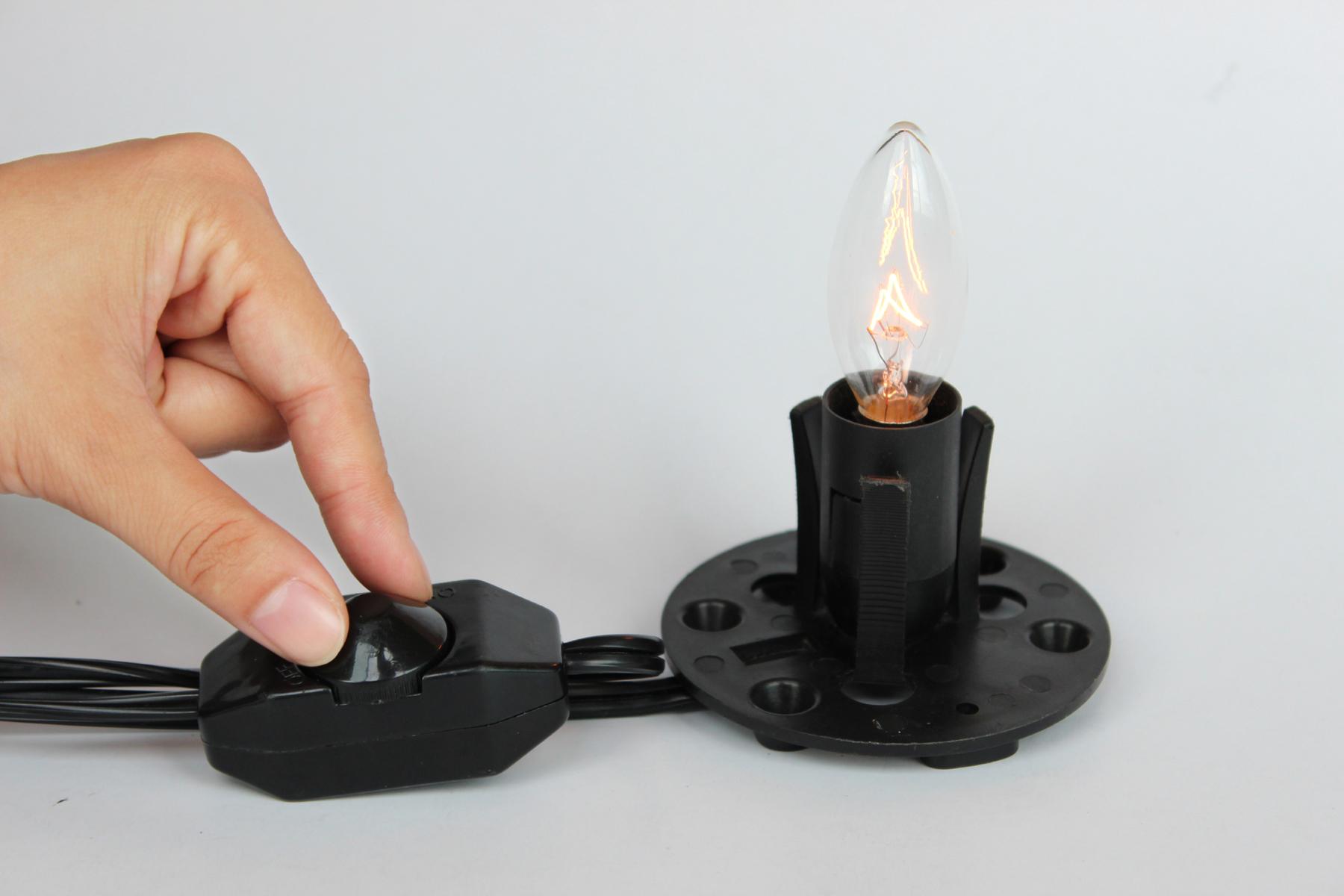

0 thoughts on “What Does A Salt Lamp Do”